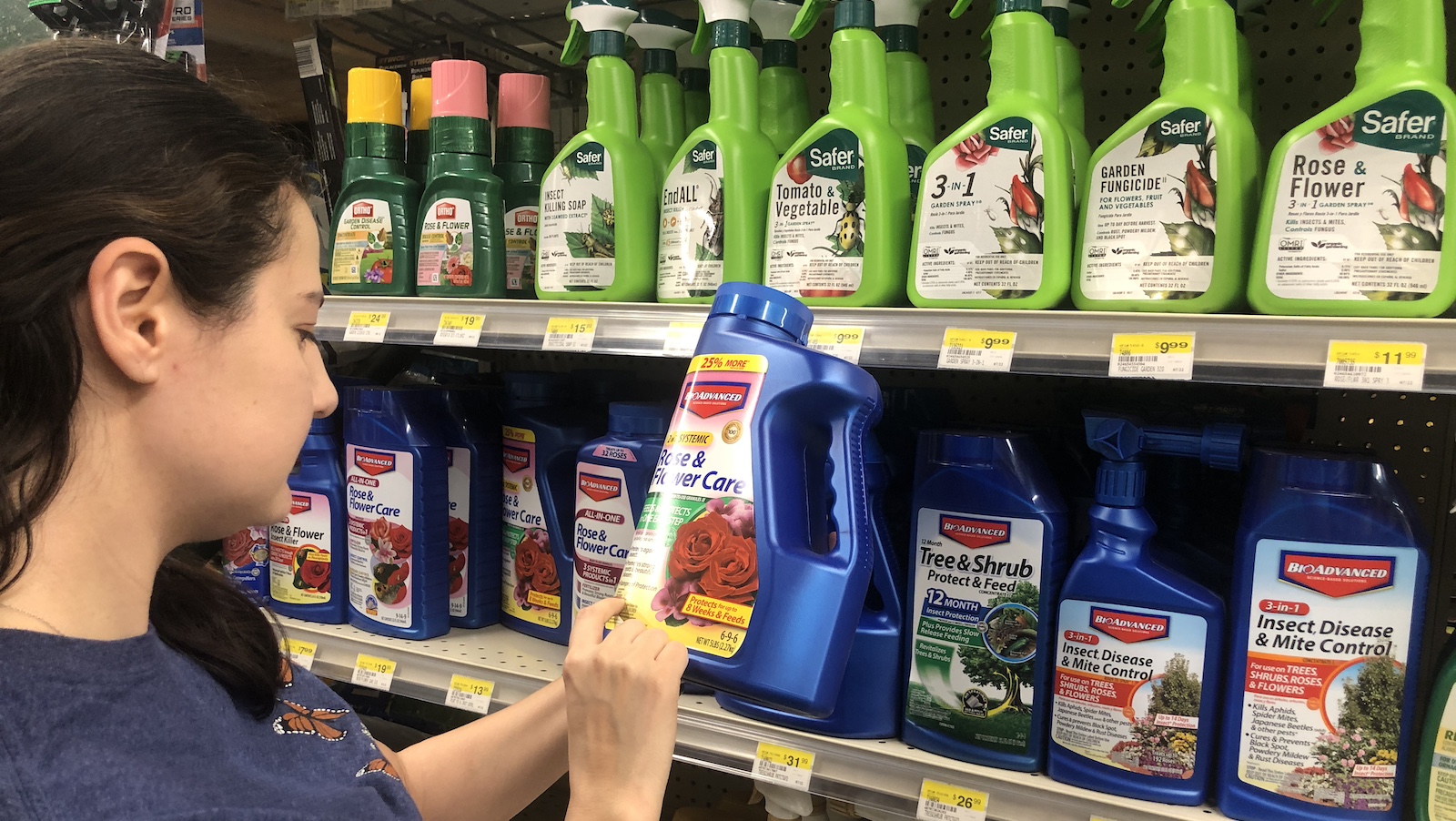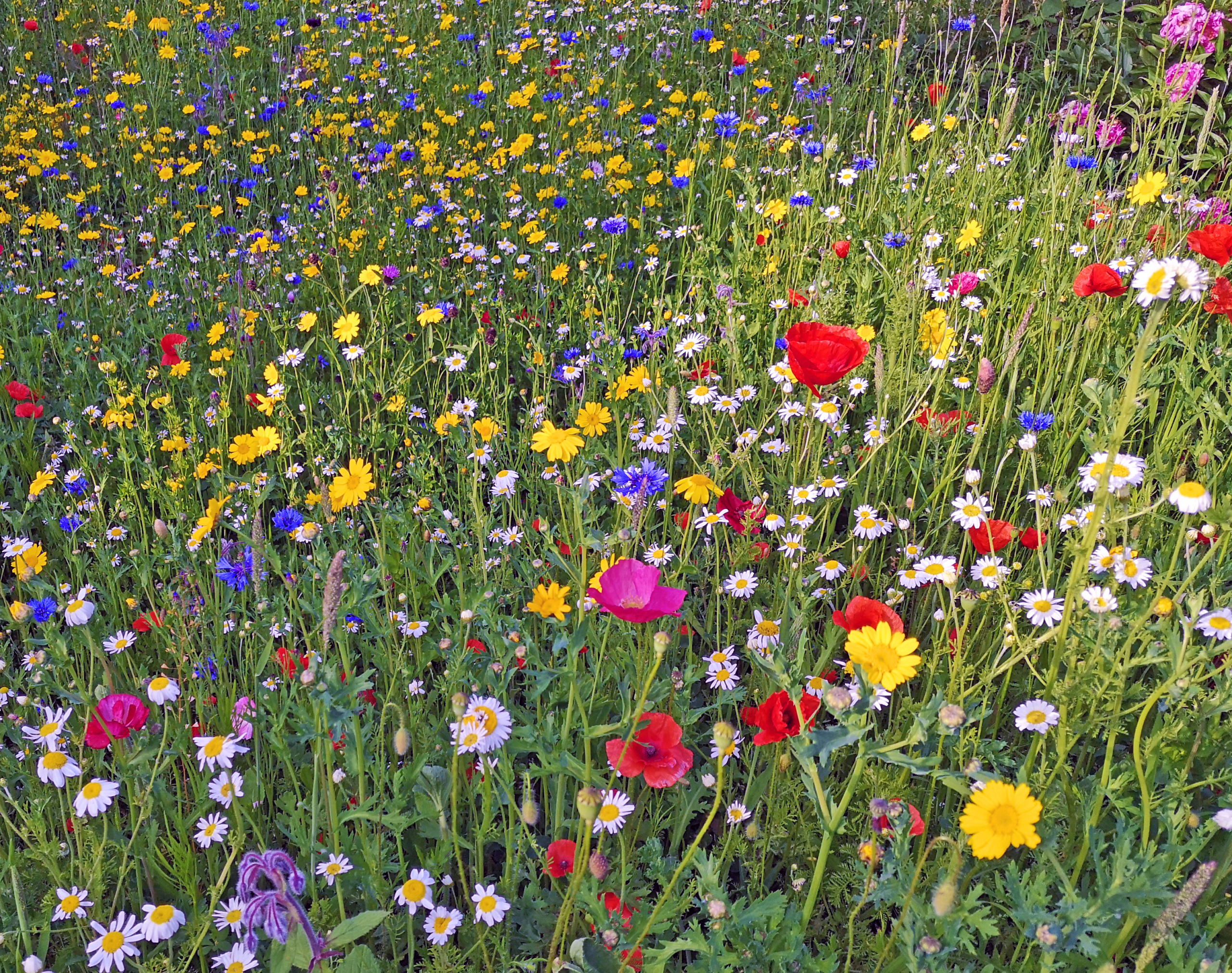
What are wildflower license plates?
The sale of personalized license plates in North Carolina helps protect pollinators
By Anjani Dent, intern
If you’ve ever driven along I-40, you might have noticed cars sporting vibrantly colored license plates detailing venus fly traps, honey bees, butterflies, and wildflowers. While these plates are a fun substitute for the typical lettered and numbered plain backgrounds, they also play a role in aiding some of our most threatened wildlife: pollinators.
Pollinators, including the bees and butterflies we see happily flitting around in our backyards, pollinate 75 percent of all food crops and 90 percent of wild plants. Many species are in serious trouble. The American bumblebee has seen nearly a 90 percent drop in numbers and has gone missing across eight states. Since the 1980s, the western monarchs have declined by more than 90 percent and the eastern monarchs have declined by 80 percent. One big reason is loss of habitat, as these industrious insects need safe places to sleep, feed and reproduce, just like other animals.
How can roadsides help pollinators?
With this in mind, many state departments of transportation have implemented roadside pollinator programs. By reducing mowing and planting native and pollinator-friendly plants along the acres of open roadside under the state’s jurisdiction, we can give pollinators a helping hand.
North Carolina’s Department of Transportation’s (NCDOT) wildflower program is nationally recognized as one of the best of these pollinator programs. With approximately 1,000 acres of wildflowers in production and 2 million daylilies planted on roadsides, North Carolina has increased pollinator habitat across 14 divisions and 100 counties.
One of NCDOT program’s most unique features is the sale of those personalized license plates you’ve spotted on the highway. Revenue obtained through this program is the main source of funding for their wildflower program, while the use of such plates brings awareness to the importance of these essential creatures.
Where can I get a pollinator license plate?
Drivers may also purchase pollinator license plates in the states of Virginia, Oregon, Pennsylvania, Minnesota, Colorado, Georgia, New Mexico, West Virginia and Delaware. Those who are interested can apply through mail, at DMV offices, online, or through licensed vehicle dealers when purchasing a car. All states put at least a portion of the revenue collected from license plate sales towards initiatives that will help pollinators thrive.
So, the next time you drive past a car with a pollinator studded license plate, consider purchasing one yourself! In the process, you’ll be contributing to the protection of pollinators and the programs that are working to conserve their habitats.
Topics
Authors
Lisa Frank
Executive Director, Washington Legislative Office, Environment America; Vice President and D.C. Director, The Public Interest Network
Lisa directs strategy and staff for Environment America's federal campaigns. She also oversees The Public Interest Network's Washington, D.C., office and operations. She has won millions of dollars in investments in walking, biking and transit, and has helped develop strategic campaigns to protect America's oceans, forests and public lands from drilling, logging and road-building. Lisa is an Oregonian transplant in Washington, D.C., where she loves hiking, running, biking, and cooking for friends and family.
Find Out More
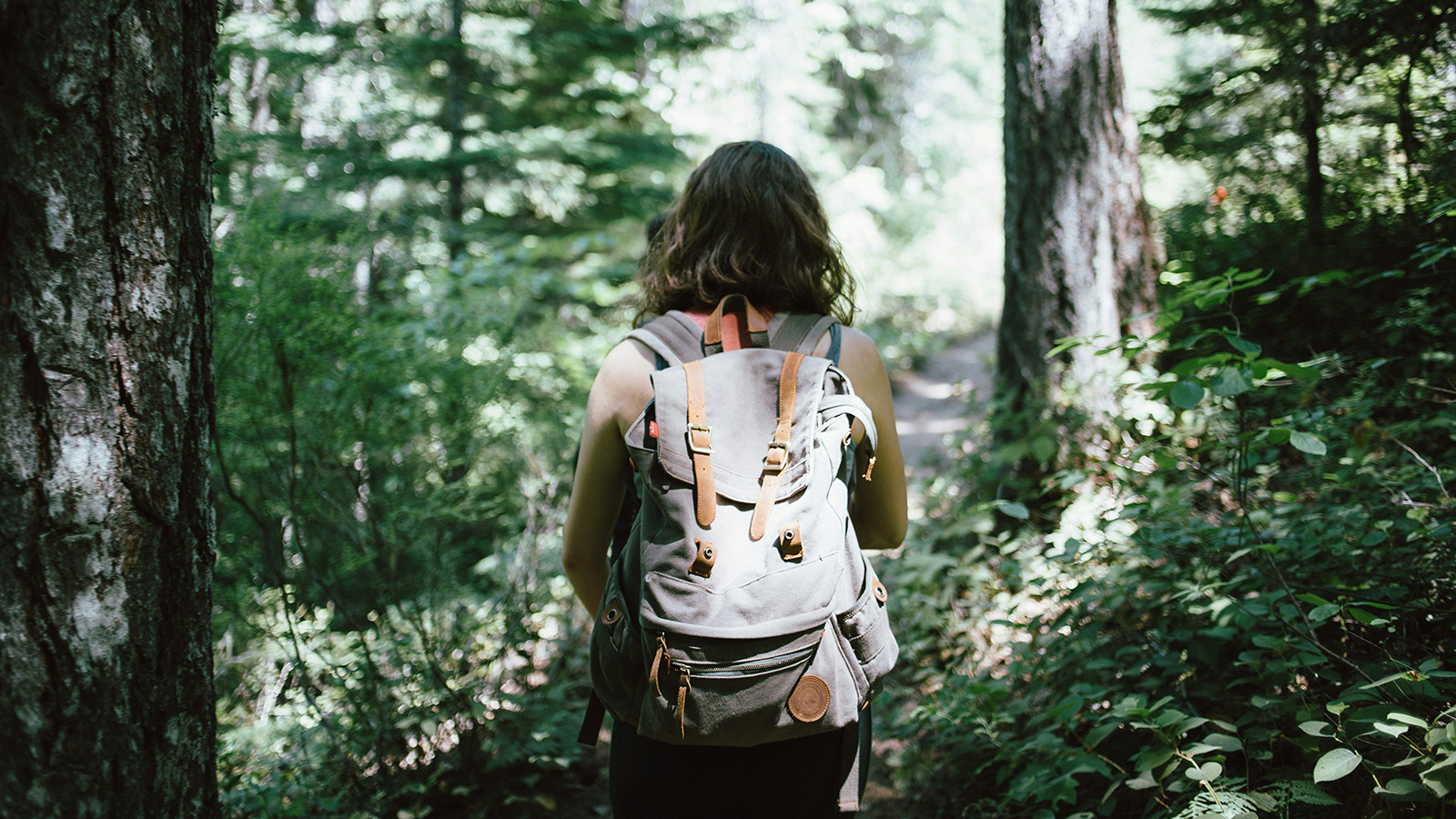
What kind of planet protector are you?
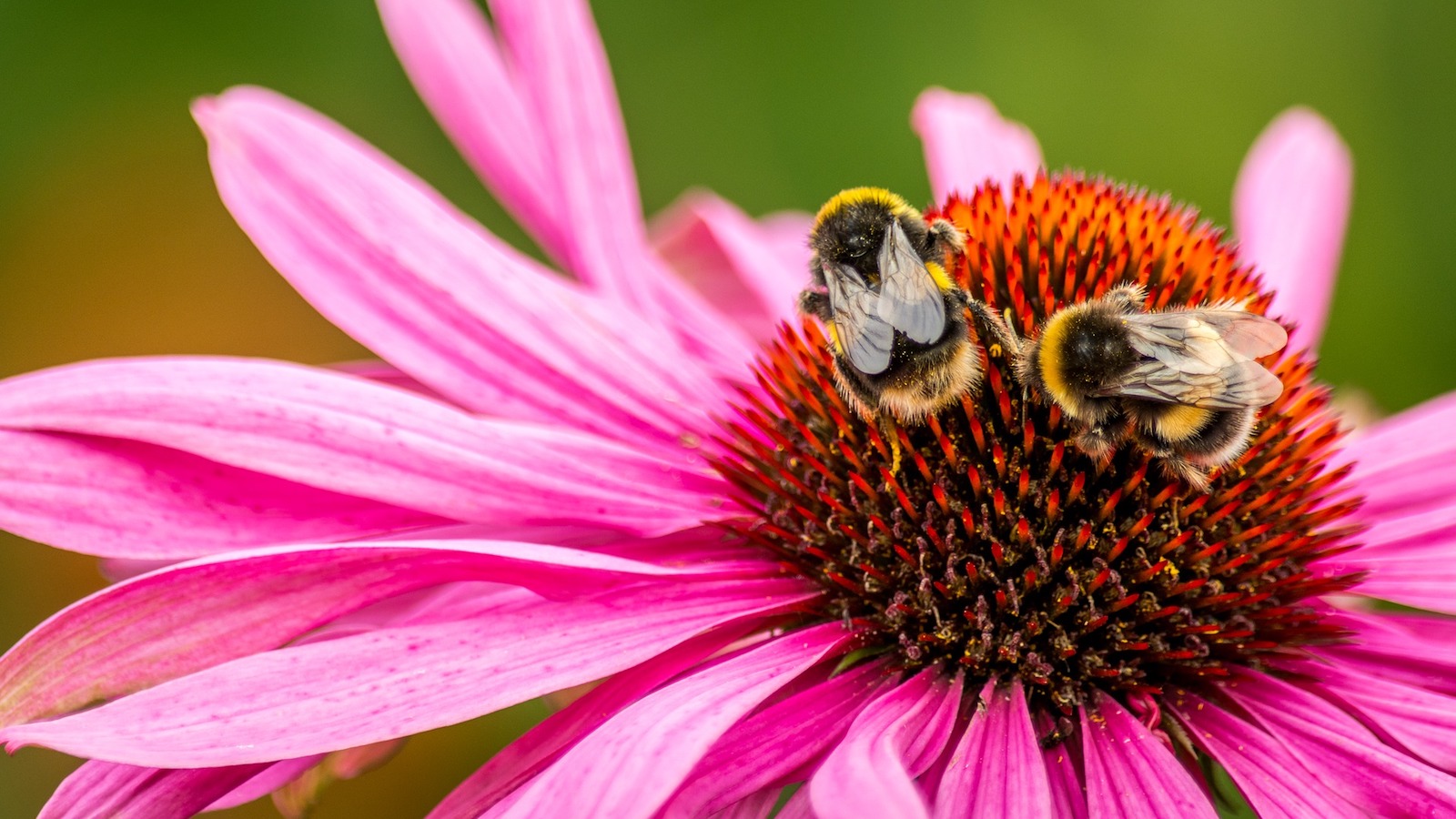
3 ways neonic pesticides are harming bees
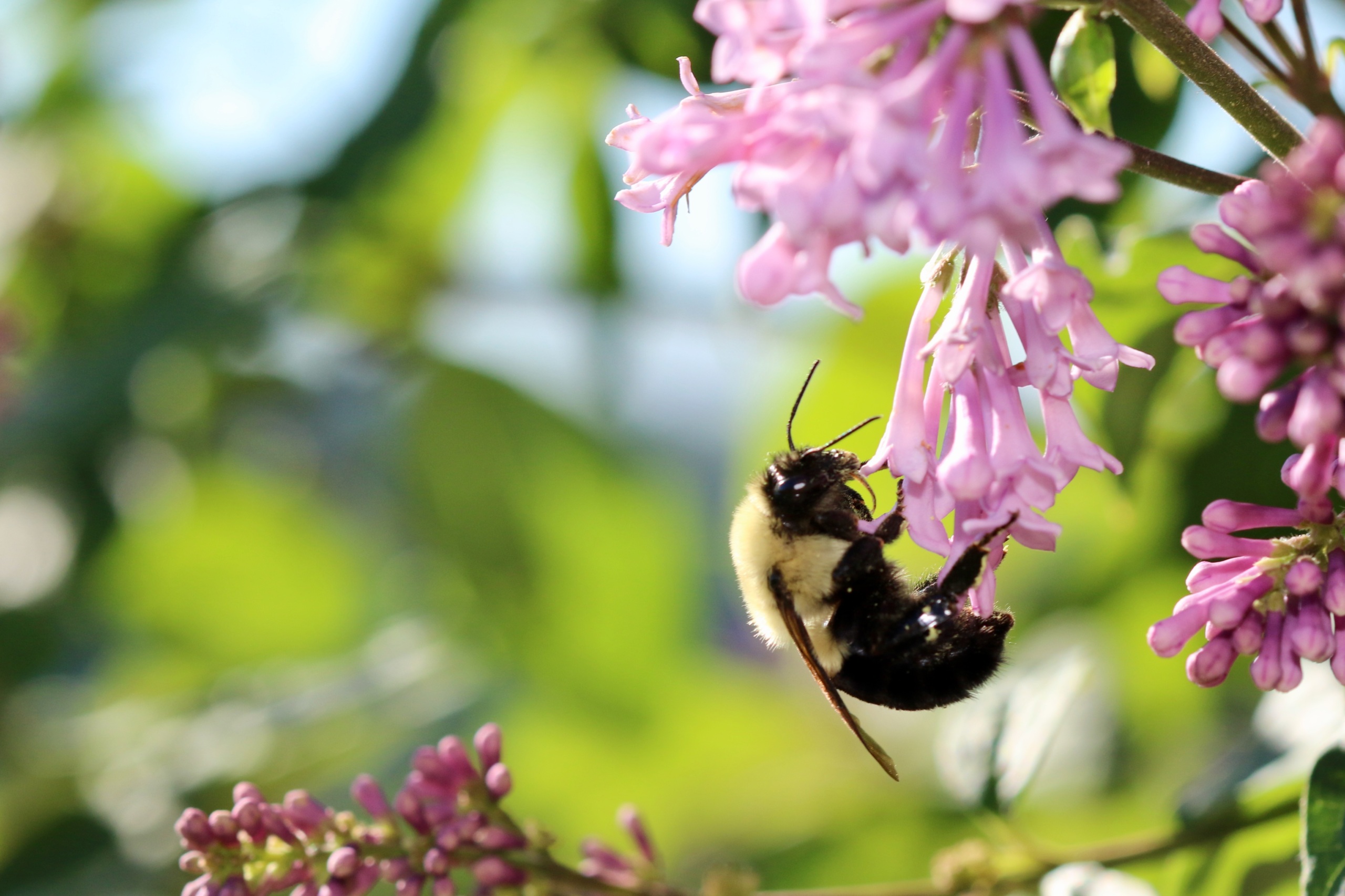
Why we should save the bees, especially the wild bees who need our help most
